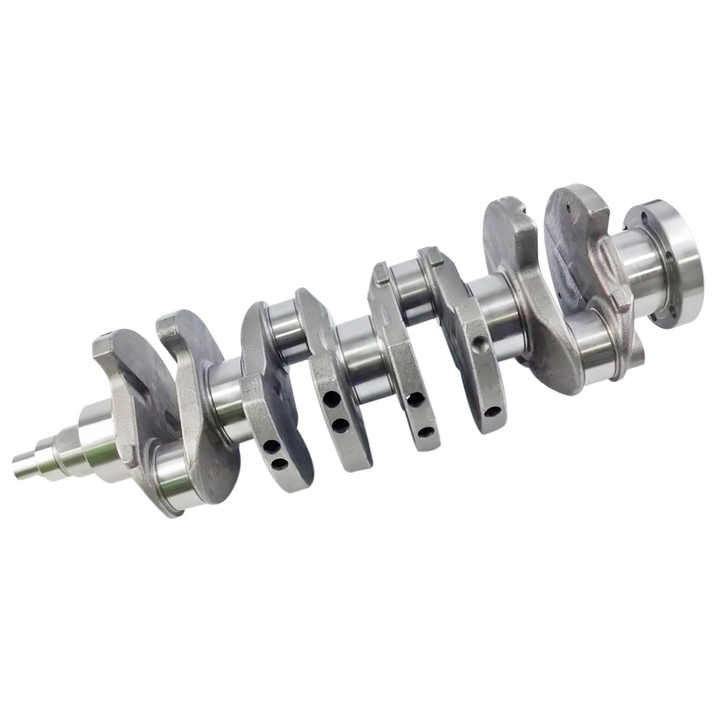The Importance of Crankshaft Quality
When it comes to building a performance engine, the crankshaft is the heart of the operation. To be honest, it's the part that makes your engine run smoothly, efficiently, and powerfully. As such, evaluating crankshaft quality is crucial to ensure you're getting the best performance possible. But how do you go about doing that? In this article, we'll explore the key factors to consider when evaluating crankshaft quality.
Material and Manufacturing Process
The material and manufacturing process used to create a crankshaft are two of the most important factors to consider. After all, a crankshaft made from inferior materials or using subpar manufacturing processes is more likely to fail under the stress of high-performance driving.
Common Crankshaft Materials
There are several materials commonly used to make crankshafts, including cast iron, forged steel, and billet steel. Here's a brief overview of each:
Manufacturing Processes
The manufacturing process can also have a significant impact on crankshaft quality. Here are two common methods:
- Casting: This process involves pouring molten metal into a mold, allowing it to cool and solidify, and then machining it to the desired specifications. While casting is cost-effective, it can result in inconsistencies that may affect performance.
- Forging: Forging involves shaping a solid piece of metal using heat and pressure. This process results in a stronger, more consistent crankshaft that's better suited for high-performance applications.
Design and Balancing
Beyond material and manufacturing, the design and balancing of the crankshaft can also impact its performance. Here are a few things to look for:
Counterweights
Have you ever wondered why crankshafts have counterweights? They're designed to balance the weight of the connecting rods and pistons, reducing vibration and improving engine smoothness. Look for a crankshaft with well-designed counterweights to ensure optimal performance.
Main and Rod Journal Diameters
The main and rod journal diameters are the surfaces on the crankshaft where the main bearings and connecting rods connect. Larger journal diameters can improve engine durability, but they may also reduce engine efficiency. Consider your engine's specific requirements when evaluating these dimensions.
Dynamic Balancing
Interestingly enough, even small imbalances in a crankshaft can lead to significant vibrations and performance issues. For this reason, it's essential to ensure your crankshaft is dynamically balanced. This process involves adding weights to the crankshaft to counteract any imbalances, resulting in a smoother, more stable engine.
Practical Application
So, how do you apply all this information when evaluating crankshaft quality? Here are a few actionable tips:
- Consult with an engine builder or machinist who has experience with performance engines. They can provide valuable insights and recommendations based on your specific needs.
- Research the manufacturer's reputation and track record. A reputable manufacturer is more likely to produce high-quality crankshafts that meet your performance requirements.
- Consider the engine's intended use and performance goals. This will help you determine the ideal crankshaft material, manufacturing process, and design for your build.
Conclusion
As it turns out, evaluating crankshaft quality involves more than just looking at the price tag. By considering factors like material, manufacturing process, design, and balancing, you can make informed decisions that will help you build a performance engine that delivers the power, efficiency, and reliability you need. In my experience, taking the time to evaluate crankshaft quality upfront can save you time, money, and headaches down the road. Happy building!




